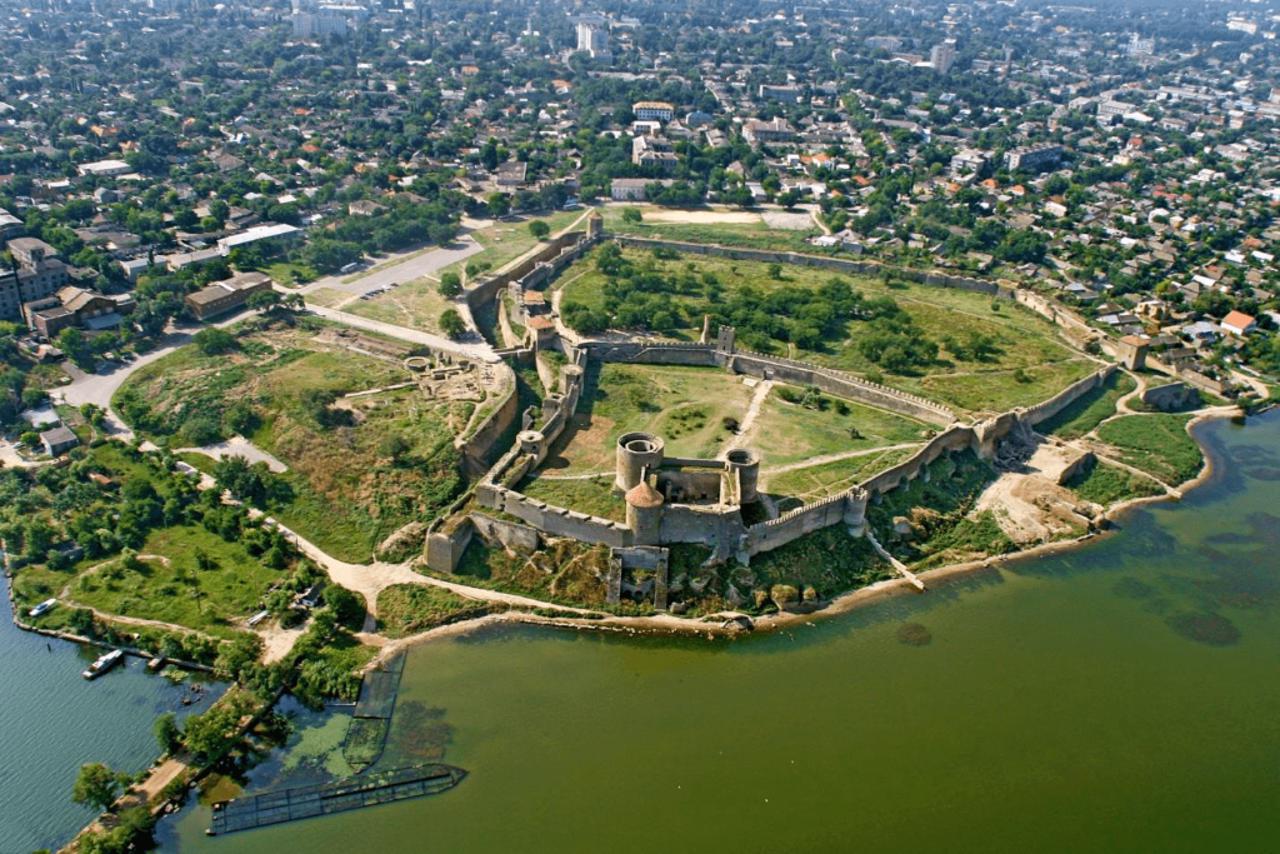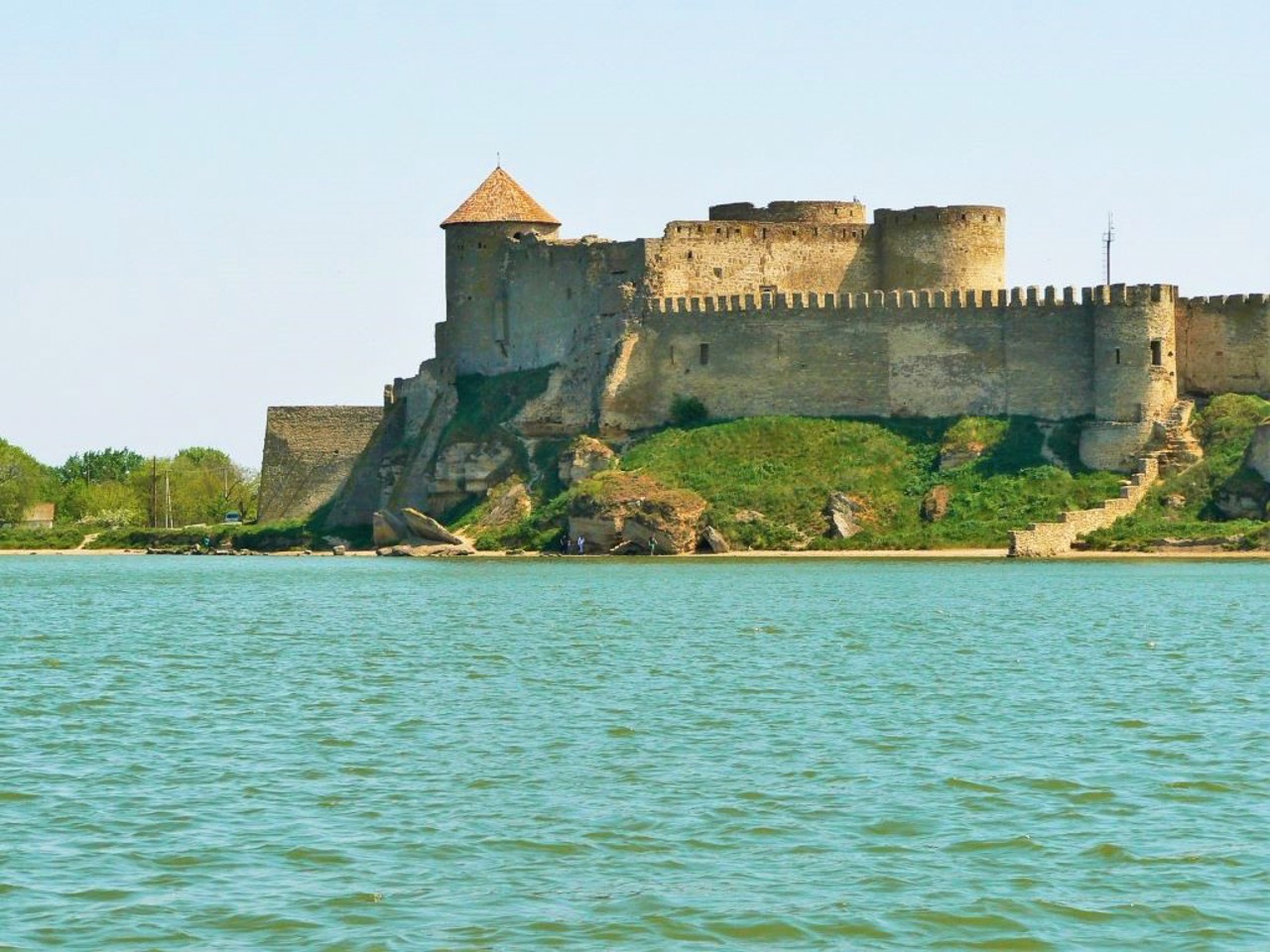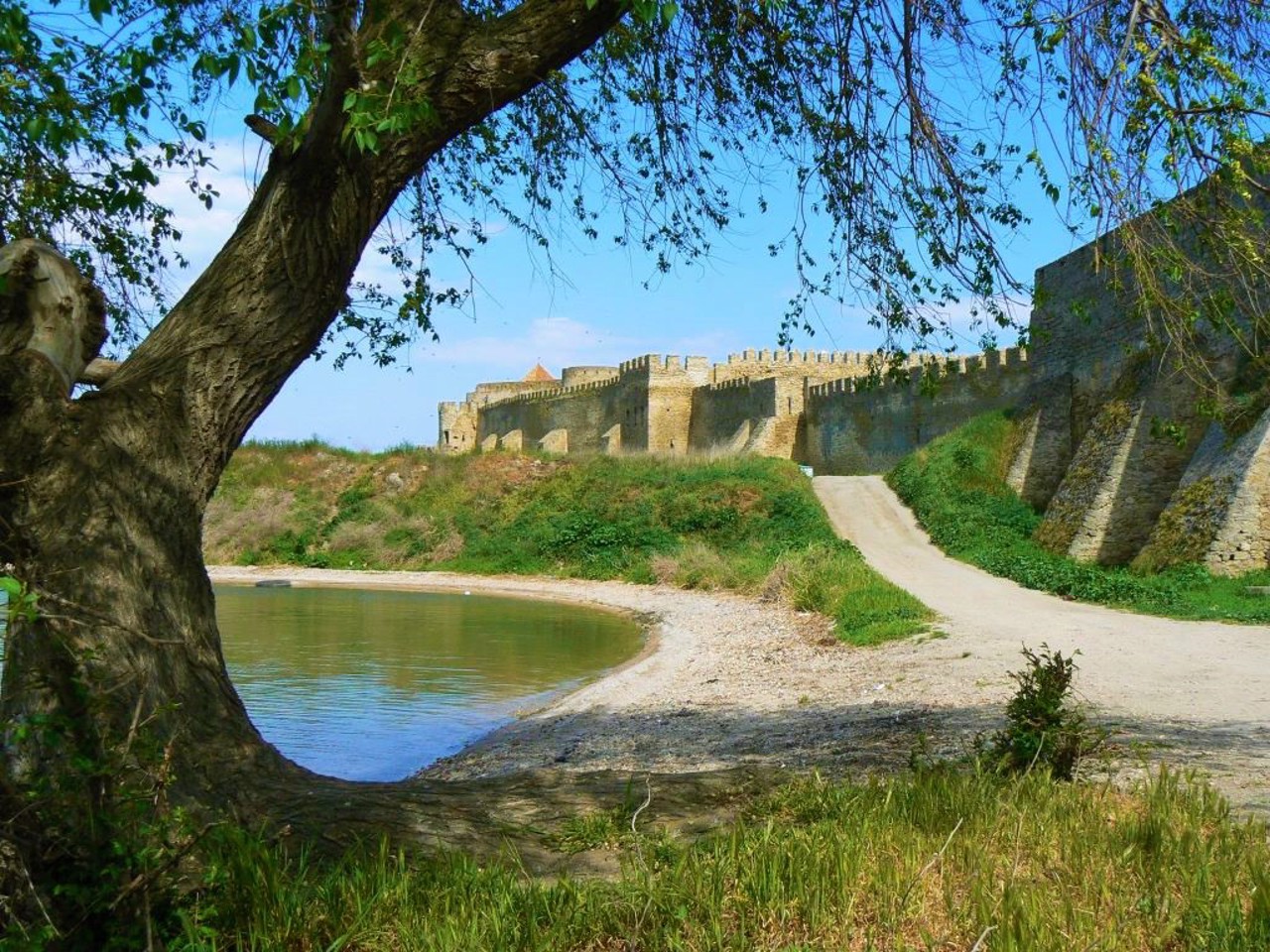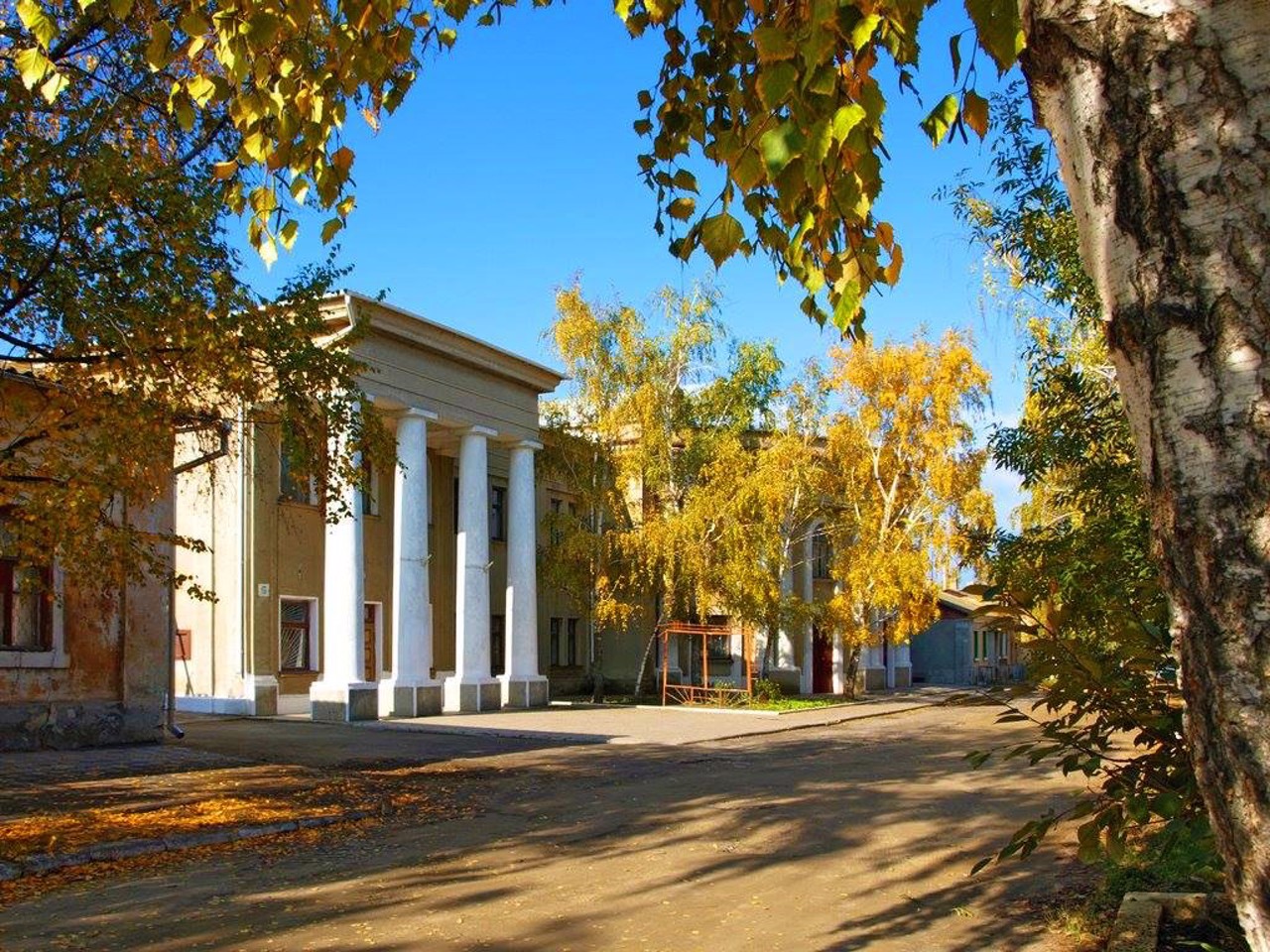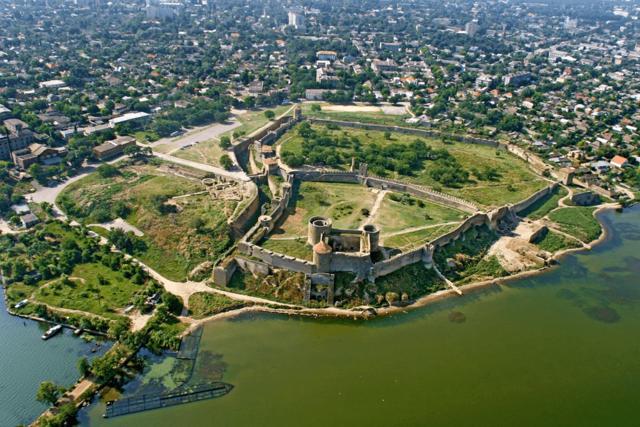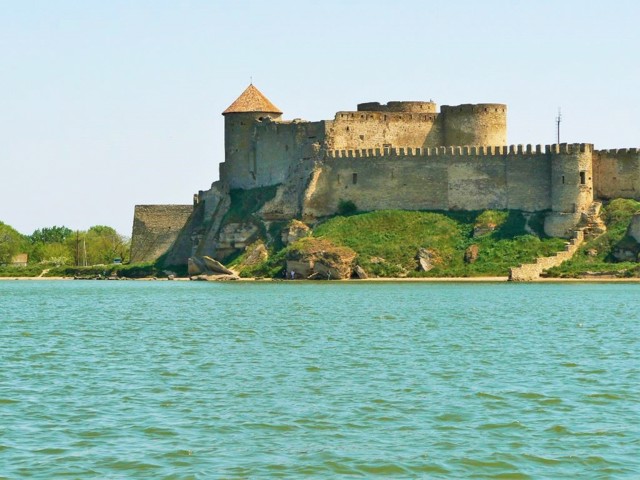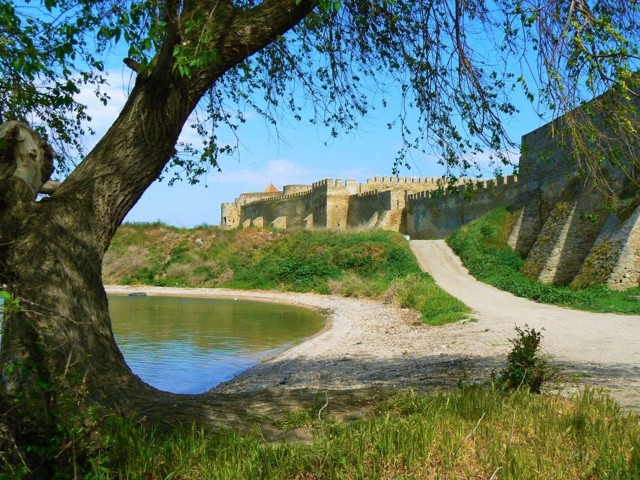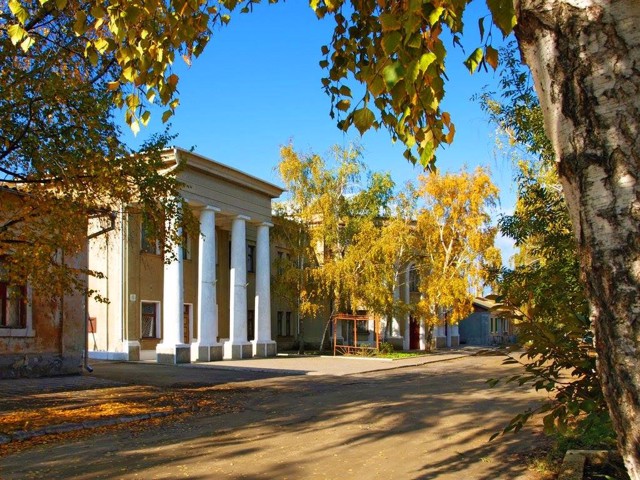Functional temporarily unavailable
Bilhorod-Dnistrovskyi
Travel guide online Bilhorod-Dnistrovskyi
General information about Bilhorod-Dnistrovskyi
Bilhorod-Dnistrovskyi is officially recognized as the oldest continuously existing city of Ukraine (Kiliia now claims this status), has a rich history.
It is located on the banks of the Dniester estuary, 100 kilometers northwest of Odesa.
The current Bilhorod-Dnistrovskyi was built on the site of the ancient Greek polis of Tire (6th century BC), whose excavations are currently underway. The Ulychi and Tyver tribes created the economic, political and trade center of Bilhorod in its place, which became part of the Galicia-Volyn principality. He was under the rule of Moldova as Cetatya-Albe and Turkey as Akkerman. According to the Bucharest Peace Treaty of 1812, it came under the possession of Russia.
The structures of the Akkerman (Bilhorod) fortress (XIII-XV centuries) ...
Bilhorod-Dnistrovskyi is officially recognized as the oldest continuously existing city of Ukraine (Kiliia now claims this status), has a rich history.
It is located on the banks of the Dniester estuary, 100 kilometers northwest of Odesa.
The current Bilhorod-Dnistrovskyi was built on the site of the ancient Greek polis of Tire (6th century BC), whose excavations are currently underway. The Ulychi and Tyver tribes created the economic, political and trade center of Bilhorod in its place, which became part of the Galicia-Volyn principality. He was under the rule of Moldova as Cetatya-Albe and Turkey as Akkerman. According to the Bucharest Peace Treaty of 1812, it came under the possession of Russia.
The structures of the Akkerman (Bilhorod) fortress (XIII-XV centuries) with the Genoese castle and 20 towers, churches of the XIV-XIX centuries, and fragments of historical buildings have been preserved.
The city has a well-developed tourist infrastructure.
Білгород-Дністровський офіційно визнаний найдавнішим безперервно існуючим містом України (зараз на цей статус претендує Кілія), має багатющу історію.
Знаходиться на березі Дністровського лиману в 100 кілометрах на північний захід від Одеси.
Нинішній Білгород-Дністровський побудований на місці античного грецького поліса Тіра (VI століття до нашої ери), розкопки якого ведуться в даний час. Племена уличів і тиверців створили на його місці економічний, політичний і торговельний центр Білгород, який увійшов до складу Галицько-Волинського князівства. Перебував під владою Молдови як Четатя-Албе та Туреччини як Аккерман. За Бухарестським мирним договором 1812 року відійшов у володіння росії.
Збереглися споруди Аккерманської (Білгородської) фортеці (XIII-XV століття) з Генуезьк ...
Білгород-Дністровський офіційно визнаний найдавнішим безперервно існуючим містом України (зараз на цей статус претендує Кілія), має багатющу історію.
Знаходиться на березі Дністровського лиману в 100 кілометрах на північний захід від Одеси.
Нинішній Білгород-Дністровський побудований на місці античного грецького поліса Тіра (VI століття до нашої ери), розкопки якого ведуться в даний час. Племена уличів і тиверців створили на його місці економічний, політичний і торговельний центр Білгород, який увійшов до складу Галицько-Волинського князівства. Перебував під владою Молдови як Четатя-Албе та Туреччини як Аккерман. За Бухарестським мирним договором 1812 року відійшов у володіння росії.
Збереглися споруди Аккерманської (Білгородської) фортеці (XIII-XV століття) з Генуезьким замком і 20 вежами, храми XIV-XIX століть, фрагменти історичної забудови.
В місті непогано розвинена туристична інфраструктура.
Сплануй своє перебування у Bilhorod-Dnistrovskyi
What to see and where to go in Bilhorod-Dnistrovskyi
Tourist attractions and museums of Bilhorod-Dnistrovskyi

Akkerman Fortress
Castle / fortress , Architecture , Museum / gallery
Medieval Akkerman Fortress on the banks of the Dniester estuary in Bilhorod-Dnistrovskyi - one of the largest and best preserved in Ukraine.
Built on the site of the ancient city of Thira (archeological excavations are underway). Until the 10th century, there were probably fortifications of Slavic tribes of Tiverts and Ulychi.
The building of the Akkerman citadel belongs to the Genoese period of XIII-XIV centuries. The main fortifications of the Bilhorod-Dnistrovskyi fortress were built during the Moldavian rule (XV century). The total length of the walls is 2 km. Height of walls and towers from 5 to 15 m. 26 of 34 towers have survived.
In 1484 the Akkerman fortress came under the rule of Turkey, a mosque was built (the minaret is preserved). In 1789 the town of Akkerman was taken without a fight by the Don Cossacks of Matviy Platov together with the Buz Cossacks sent by Prince Potomkin-Tavriysky.
At present, the Akkerman Fortress architectural complex is managed by the Fortress utility company. An exposition of instruments of torture was opened on the territory, siege weapons were displayed in the yard. Music festivals and historical fencing championships are held.
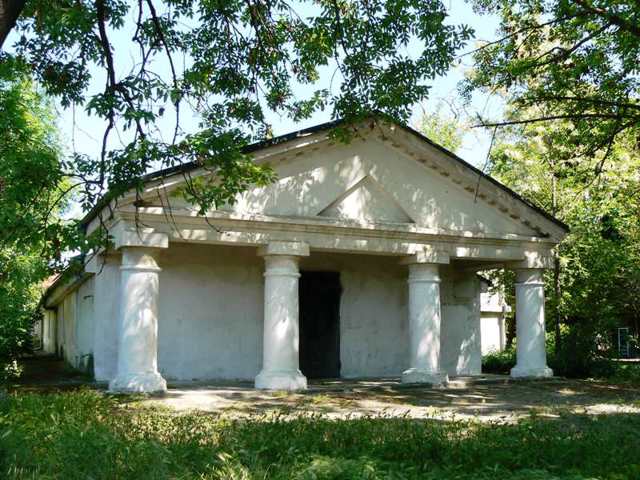
Armenian Church of the Assumption of the Virgin
Temple , Architecture
The Armenian Church of the Assumption of the Virgin (Surb Astvatsatsin) has been preserved since the Middle Ages, when a large Armenian community lived in Bilhorod-Dnistrovskyi.
The temple has a squat shape, because the Muslim authorities forbade the construction of Christian churches higher than mosques. Over the centuries, the Armenian Church was repeatedly rebuilt and expanded. Ancient paintings and medieval marble slabs (khachkars) with carved inscriptions have been preserved on the walls, the earliest of which dates back to the 10th century.
The Armenian Church operated until 1940. Until recently, it was the base of an archaeological expedition. In 2013, the church was returned to the Armenian community.
On the territory there is a Sarmatian crypt of the 3rd century AD, made of stone slabs, found on the eastern outskirts of the city.
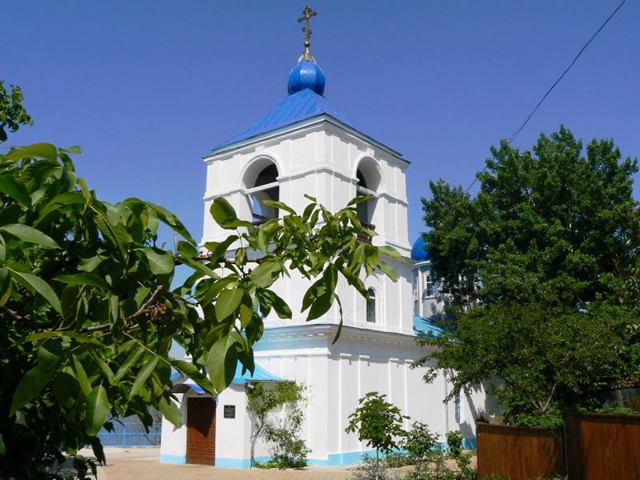
John the Baptist Church (Greek Church)
Temple , Architecture
The Greek Church of Saint John the Baptist in Bilhorod-Dnistrovskyi stands on the high bank of the Dniester estuary.
The first wooden temple was founded in the XIII-XIV centuries by Greek merchants from Trebizond. In its current form, the church was rebuilt in 1478-1480, during the Moldavian period, during the reign of Stephen III the Great. The funds for the construction were collected by the Greek community of the city.
According to legend, in the 14th century, Saint Ioann Suchavskyi, a great martyr who is considered the protector of Moldova, was buried on the territory of the Greek Church. The burial place is marked by a chapel to the right of the church. Later, the relics of the saint were reburied in Suceava in the present territory of Romania.
Despite its modest size, the Church of John the Baptist looks very massive and is a rare type of religious building in the architectural heritage of Ukraine.
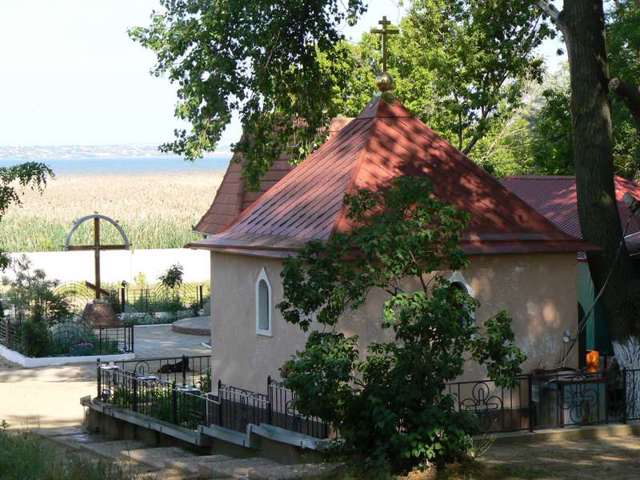
Saint John Suchavskyi Church
Temple , Architecture
The underground church of John of Suchavskyi was built in Bilhorod-Dnistrovskyi over a stone well, where, according to legend, the Orthodox saint John of Suchavskyi was killed.
In 1330, the Orthodox merchant John from Turkish Trebizond, who traded in Akkerman, refused to convert to Islam, for which he was tortured by order of the governor of the Golden Horde. A chapel was built on John's grave, and the saint's relics were later moved to Moldavian Suceava (now the territory of Romania). Since that time, he is considered the heavenly patron of merchants.
A spring by the sea, which, according to legend, was often visited by John, was named after him. The water from the Saint John's Suchavskyi spring is considered healing, and people come from all over for it.
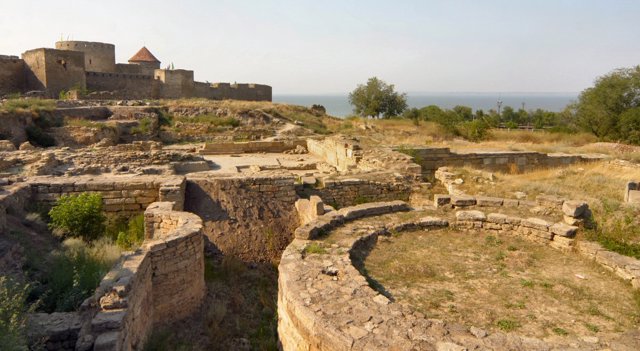
Ancient Greek Thira City
Historic area , Archaeological site
The ruins of the ancient city of Thira were excavated by archaeologists near the walls of the Akkerman fortress.
The ancient city on the shore of the estuary at the mouth of the Tiras (Dniester) river was founded in the 6th century BC by immigrants from Greek Miletus, and in the 3rd century BC it reached its greatest prosperity. The main occupations of the inhabitants of Thira were agriculture, viticulture, handicrafts, fishing, and trade with the indigenous population of Transnistria. The city minted its own silver coin. From the beginning of the 2nd century AD, the city of Thira was part of the Roman Empire.
It was destroyed by the Goths in the second half of the 3rd century. A settlement of the Slavic tribes of Tiberians and Ulychi soon arose on the ruins, then a Genoese fortress.
Archaeological excavations have been carried out since 1900 and are still ongoing.
Reviews Bilhorod-Dnistrovskyi
Geographical information about Bilhorod-Dnistrovskyi
| {{itemKey}} | {{itemValue}} |
|---|---|
| Region |
Odesa |
